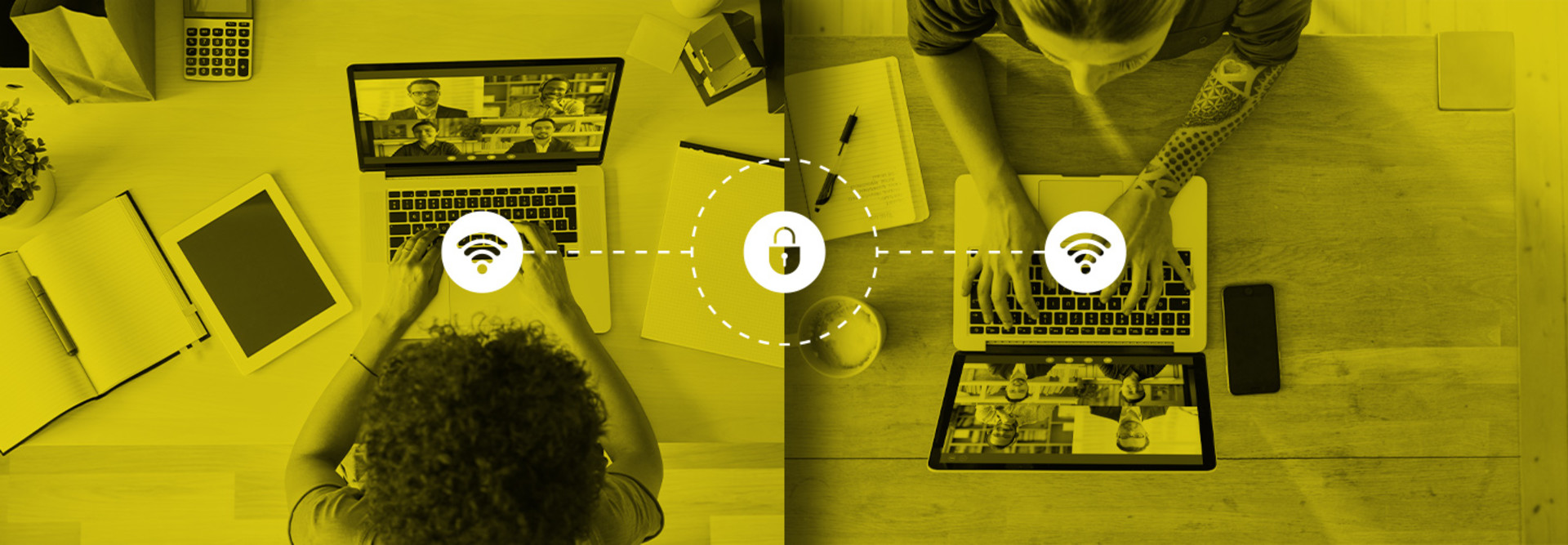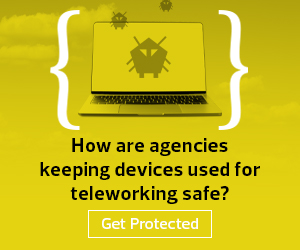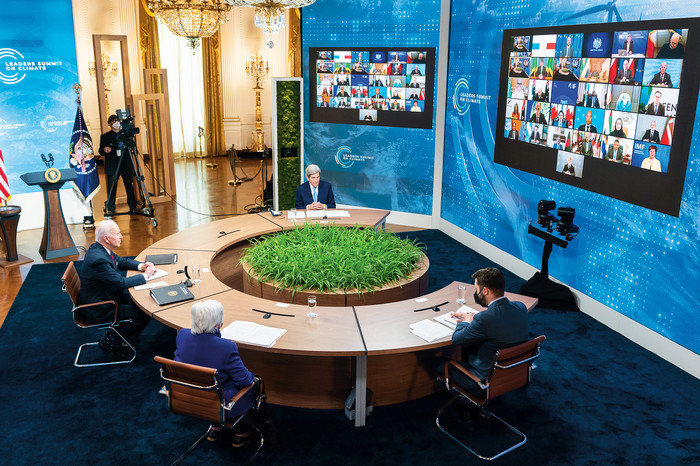Teleworkers can connect to sensitive networks from personal phones and computers, and they can download software and collaboration platforms that may not implement strong cybersecurity standards, leaving data vulnerable, Ziring explains.
Malicious actors can also gain access to conferences, data or other enterprise systems if organizations’ infrastructure or purchased cloud services aren’t configured securely, he adds.
“Cybercriminals and nation-state actors are not only capitalizing on these opportunities, they are also conducting campaigns that take advantage of the pandemic,” Ziring warns.
RELATED: How next-gen endpoint security tools protect remote federal workers.
VA Deploys Trusted Tools for Telehealth Connections
Like most organizations, the Department of Veterans Affairs saw a massive spike in the demand for teleconferencing tools at the start of the pandemic. Workers used them for internal meetings, communicating and collaborating with outside agencies and onboarding new employees virtually.
Meanwhile, VA’s clinics went from a daily average of 2,500 telehealth appointments to 60,000 per day in May 2021, all powered by the Pexip Infinity solution.
That number continues to climb, but at a slower rate than earlier in the pandemic as doctors return to clinics that still offer remote appointments, explains Brian Mahlum, deputy director of unified communications infrastructure engineering at the VA.
“It is about as much growth as you could ever want,” says Eddie Pool, executive director of solution delivery at the VA’s Office of Information and Technology. “That’s a massive increase in utilization and an enormous challenge for us from an IT perspective, but we did it quite successfully.”
Sean Mitts, VA’s director of unified communications infrastructure, attributes part of that success to “fortuitous timing.” In early 2020, the VA began a modernization effort to upgrade from Skype to Microsoft Teams for internal communications and collaboration, with Cisco Webex as a secondary solution. It also expanded its Pexip Infinity telehealth solution, which it calls VA Video Connect.













